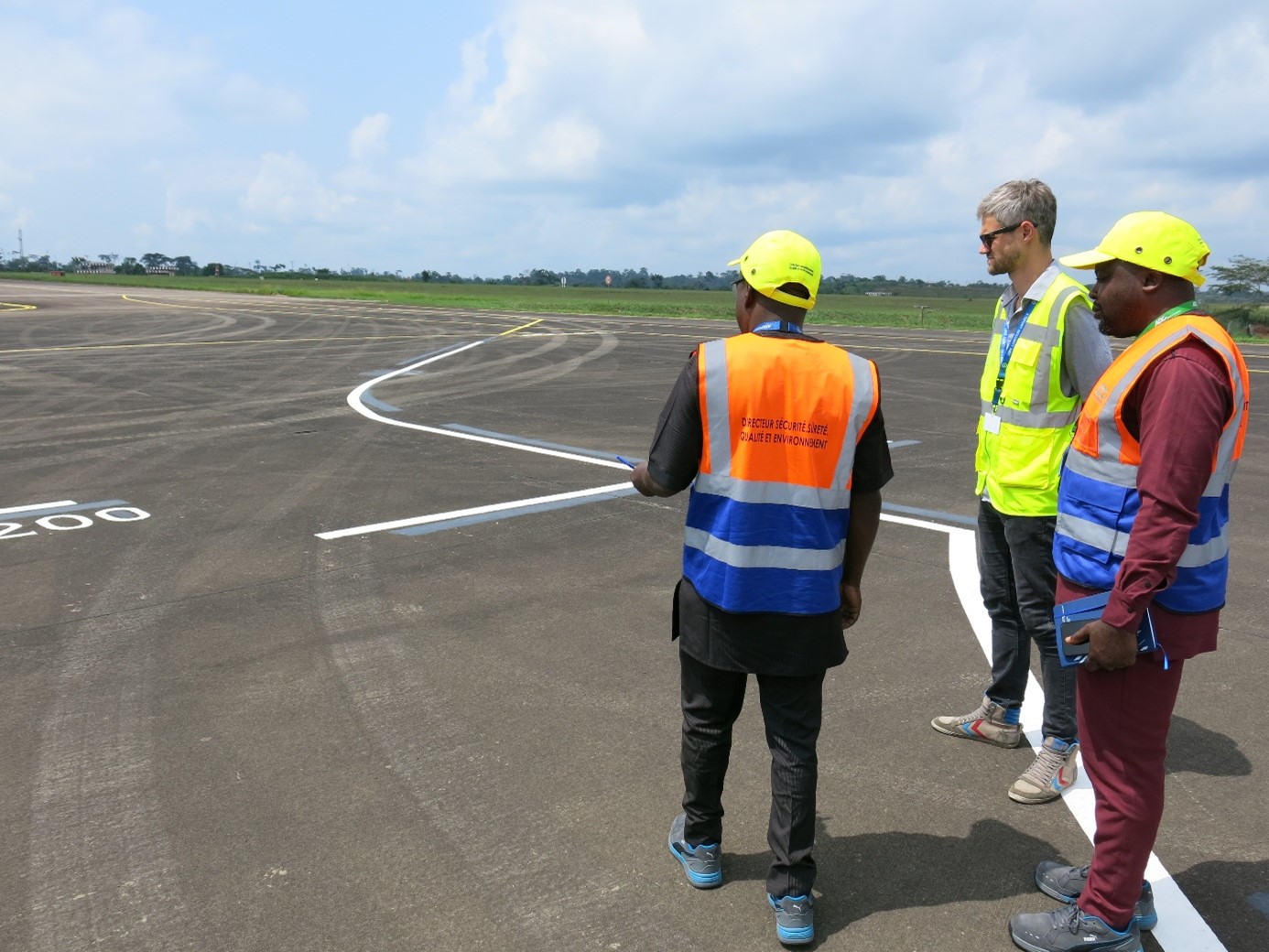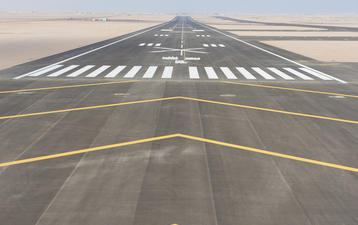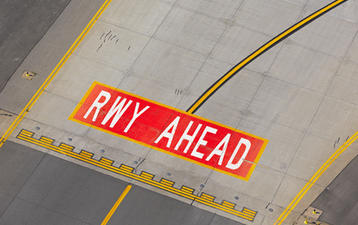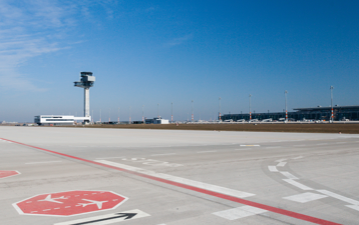Adjustment of Airfield Visual Aids
Aéroports du Cameroun
In ongoing cooperation, airsight supports Cameroonian airports in revising their airfield visual aids (markings, signs, and lights) to ensure compliance with applicable regulations and safety of airport operations.
Cameroon’s international airports Yaoundé Nsimalen (NSI), Douala (DLA), Garoua (GOU), Ngaoundéré (NGE) and Maroua-Salak (MVR), many of which were constructed decades ago, face a growing challenge: their infrastructure was designed for aircraft types that are now outdated. Over the years, ICAO has introduced new Standards and Recommended Practices (SARPs), and the aviation landscape has evolved significantly. Today, larger and more modern aircraft operate at these airports, often without assurance that the existing visual aids—markings, signs, and lights—are still safe or compliant.
This mismatch between legacy infrastructure and current operational demands poses a significant safety risk. That’s why visual aid adjustment projects have become essential for Cameroon’s airport authorities.
Similar efforts have been undertaken internationally—for example, at Curaçao International Airport, where a comprehensive review of airfield visual aids was conducted to ensure compliance with ICAO Annex 14 standards. The project included on-site inspections and detailed recommendations to enhance safety and operational efficiency.
These projects follow a structured and collaborative approach to ensure compliance and operational safety starting with data collection and an analysis of the current fleet mix. After the input data such as CAD drawings, Aeronautical Information Publications (AIP), and other relevant airport documentation have been received from the client, the compliance check is executed to identify deviations from the applicable regulations.

To ensure compliance, airsight proposes appropriate adjustments to runways (e.g. redesign of runway turn pad as well as revision of markings and lighting), taxiways (e.g. modification of curve radii, extension of fillets, and update of signage), and the aprons (e.g. revision of aircraft parking and associated nose wheel stop lines, equipment restraint areas, equipment staging and storage areas, as well as service roads). For this purpose, airsight uses the software tool AviPLAN to simulate aircraft and vehicle movements, jet blast contours, and the maneuvering of passenger boarding bridges.
The adjustments in visual aids are safety-critical upgrades. By aligning visual aids with current aircraft operations, Cameroon’s airports can prevent incidents caused by outdated infrastructure, ensure safe operations for aircraft within the defined fleet mix and finally, prepare for unexpected aircraft types with clear guidance on infrastructure limitations.
The success of these and similar projects highlights the global importance of maintaining airfield visual aids in compliance with national and international provisions, e.g. ICAO Annex 14 and EASA Certification Specifications for Aerodrome Design. If you too need support for the review or redesign of aerodrome maneuvering and apron areas, please feel free to contact us via e-mail our through our website.
Key Facts



